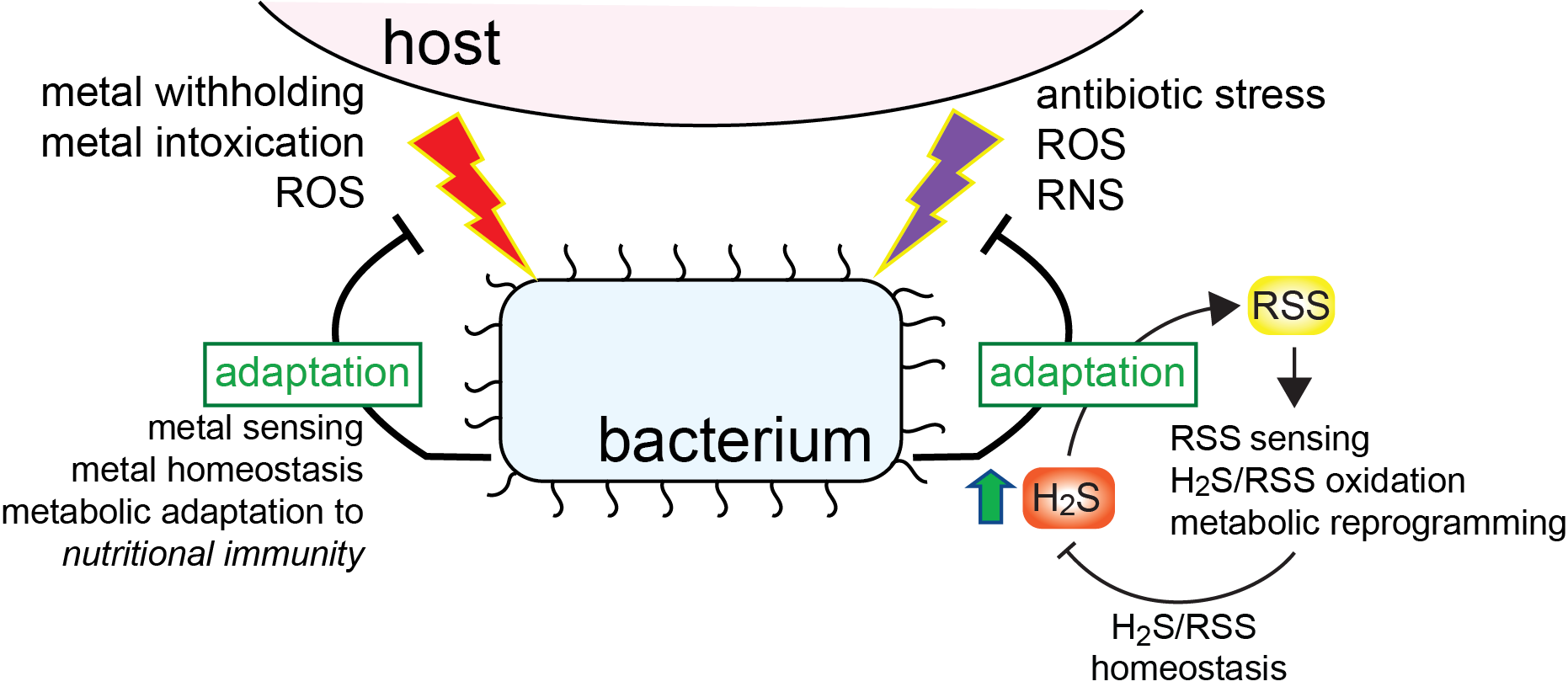Infectious disease is a persistent threat to human health. There is an increasingly urgent need to develop new antimicrobial strategies that limit the impact of life-threatening bacterial pathogens. An improved understanding of bacterial adaptation to host-imposed stressors is critical to the development of these new strategies.
Our discovery-focussed research group is organized under a common umbrella we term the chemical and physical biology of infectious disease. Work is ongoing in two primary projects: 1) transition metal homeostasis (metallostasis) in bacterial pathogens; 2) hydrogen sulfide (H2S) sensing and reactive sulfur species (RSS) in the major nosocomial pathogens, Staphylococcus aureus (MRSA), Enterococcus facaelis and Acinetobacter baumannii. The Giedroc group seeks a molecular-level understanding of macromolecular structure, dynamics and regulation, and uses the tools of biophysical chemistry, bioinorganic chemistry, proteomic profiling and NMR structure determination to advance these projects.


